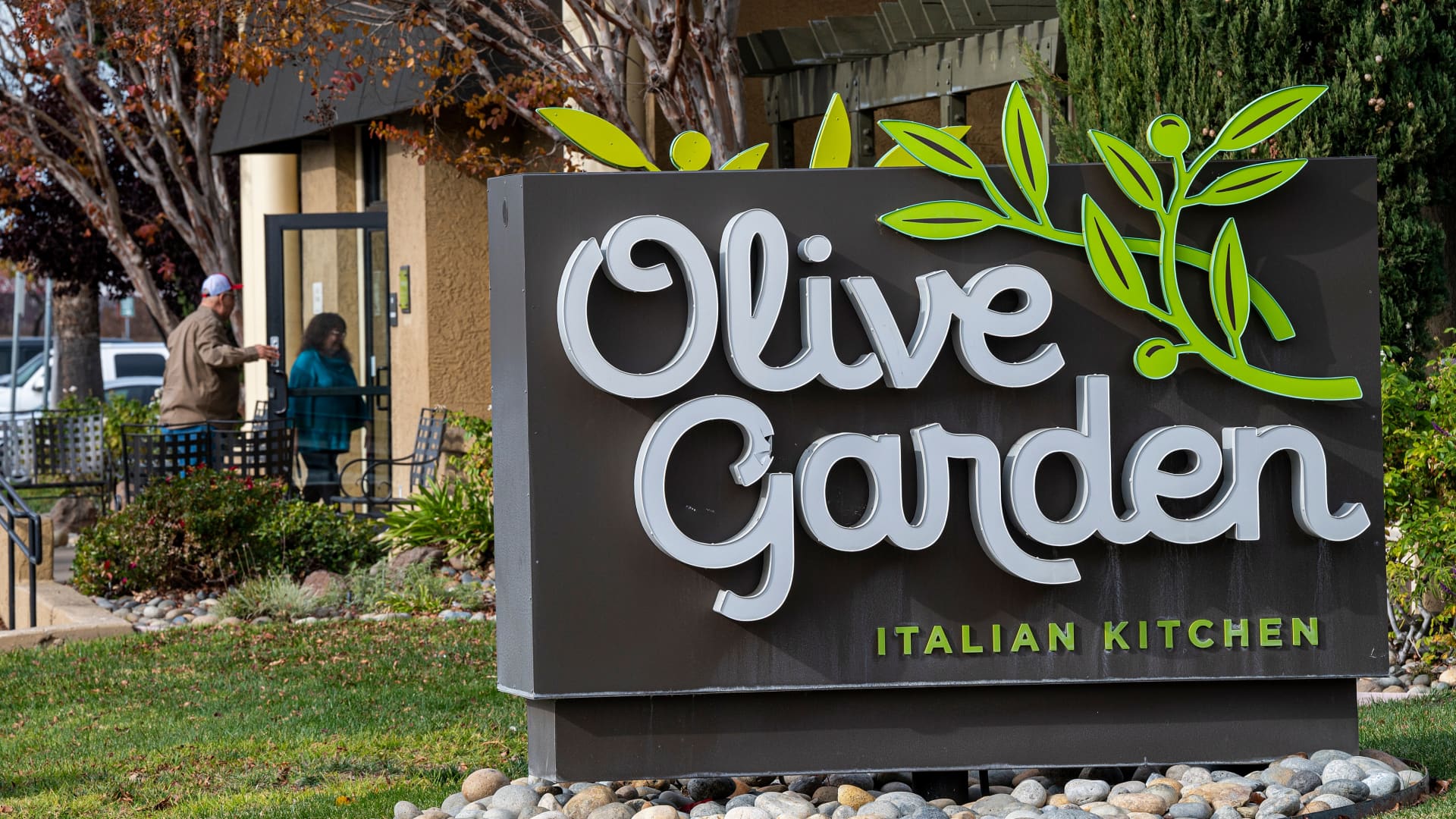Darden Restaurants: Performance and Future Trajectory
Darden Restaurants, the powerhouse behind beloved chains such as Olive Garden and LongHorn Steakhouse, has recently unveiled its fiscal 2024 fourth quarter and full-year results. The market has taken notice, with a mix of enthusiasm and caution. The company’s financials paint a complex portrait: robust earnings growth, a bullish outlook for 2026, yet some underwhelming performances in specific areas and a recent revenue shortfall. This analysis will explore the key findings, scrutinize the performance of individual brands, examine financial highlights, and evaluate the company’s future projections.
Earnings Beat and Revenue Context
The standout narrative from Darden’s recent performance is an earnings beat. The company surpassed Wall Street’s expectations for both earnings and revenue. However, the story is more nuanced than it appears. While total sales surged by 6.8% to $3.0 billion in the fourth quarter, driven partly by the addition of 80 Ruth’s Chris Steak House locations, the actual quarterly revenue of $3.158 billion fell short of consensus estimates. This discrepancy underscores the necessity of examining the components of Darden’s financial health more closely. The company is forecasting total sales between $11.8 billion and $11.9 billion for fiscal year 2025, with same-restaurant sales growth anticipated to be between 1-2%.
Brand Performance: A Tale of Two Steakhouses
The performance across Darden’s brand portfolio has been varied. Olive Garden, which accounts for roughly 40% of the company’s quarterly revenue, showed strong growth with a 6.9% increase in same-store sales, significantly outpacing analyst expectations of 4.6%. LongHorn Steakhouse also performed admirably, with a 6.7% rise in same-store sales, exceeding the anticipated 5.3%. This success indicates sustained consumer demand for these established, value-oriented brands.
However, the landscape is not uniformly positive. Reports indicate weaker-than-expected same-store sales growth for both Olive Garden and LongHorn in the latest quarter. Darden’s fine dining segment, including Ruth’s Chris Steakhouse, experienced muted sales. While the acquisition of Ruth’s Chris boosted overall sales growth, its performance within the portfolio appears to be a drag. Some reports even noted flat same-store sales growth overall, suggesting the positive results are heavily reliant on the strength of Olive Garden and LongHorn. Recent data also reveals that Olive Garden sales fell short, marking the second consecutive quarter of decline.
Financial Highlights and Strategic Moves
Beyond the headline numbers, several financial highlights deserve attention. Darden increased its quarterly dividend, signaling confidence in its financial stability. The company’s adjusted earnings per share (EPS) for fiscal year 2025 are projected to range from $9.40 to $9.60, representing growth from the previous year’s $8.88. Analysts currently predict an EPS of $9.42.
A significant strategic move was Darden’s acquisition of Ruth’s Chris Steakhouse for $715 million. While this acquisition boosted overall sales figures, its impact on profitability and same-store sales requires ongoing monitoring. The company’s supply chain strategy and efficient labor management are being cited as key factors in mitigating commodity inflation and maintaining margins.
Analyst Perspectives and Market Reaction
Market analysts have offered a range of perspectives on Darden’s performance. Stifel maintains a “buy” rating on the stock, anticipating that fiscal year 2026 guidance will reflect the company’s long-term framework, with same-restaurant sales growth assumptions of 2-3%. The firm believes initial earnings guidance could be conservative. However, the initial market reaction was somewhat muted, with Darden’s stock experiencing a slight dip following the earnings release, potentially reflecting concerns about the revenue miss and the performance of the fine dining segment.
Despite the mixed results, analysts generally believe Darden is well-positioned for future growth, citing the strength of its core brands and its ability to navigate inflationary pressures. The company’s ability to continue attracting consumers despite economic uncertainties is also viewed favorably.
Outlook for 2026 and Beyond
Darden Restaurants is predicting solid growth for fiscal year 2026. This optimism is underpinned by the continued success of Olive Garden and LongHorn Steakhouse, as well as the potential for improvement within the fine dining segment. The company anticipates 45 to 50 new restaurant openings in fiscal year 2025, demonstrating a commitment to expansion.
However, challenges remain. Commodity inflation, labor costs, and the evolving consumer landscape pose ongoing risks. Darden’s ability to effectively manage these challenges, integrate the Ruth’s Chris acquisition, and drive consistent same-store sales growth will be crucial to achieving its long-term objectives.
A Measured Optimism
Darden Restaurants’ recent performance presents a nuanced picture. While the company has successfully navigated recent economic headwinds and delivered an earnings beat, underlying weaknesses in certain segments and a recent revenue miss warrant careful consideration. The optimistic outlook for 2026 hinges on the continued strength of Olive Garden and LongHorn Steakhouse, coupled with successful integration of Ruth’s Chris and effective management of ongoing economic pressures. Darden’s future success will depend on its ability to balance expansion with operational efficiency and adapt to the ever-changing demands of the dining landscape. The company’s ability to continue attracting consumers despite economic uncertainties is also viewed favorably. The company’s ability to continue attracting consumers despite economic uncertainties is also viewed favorably.

